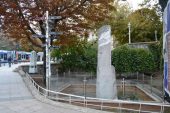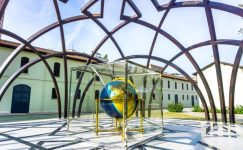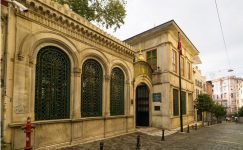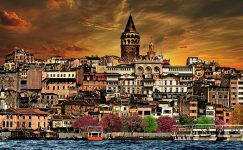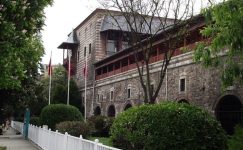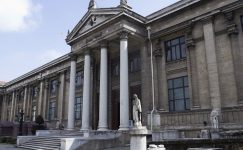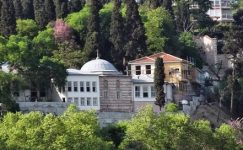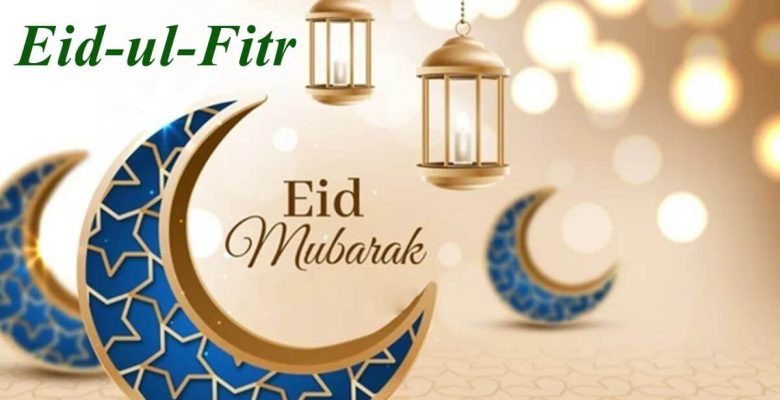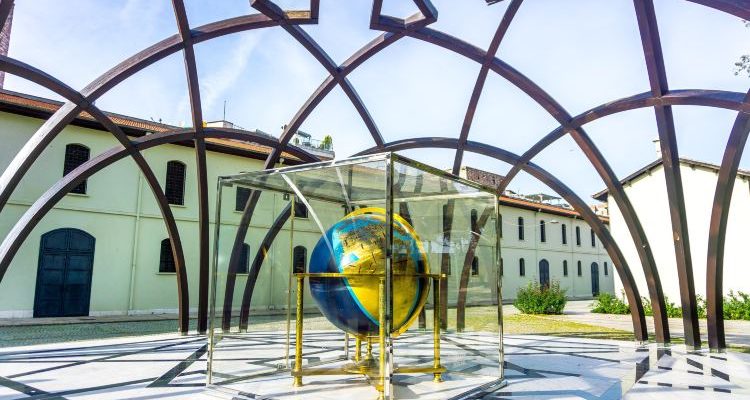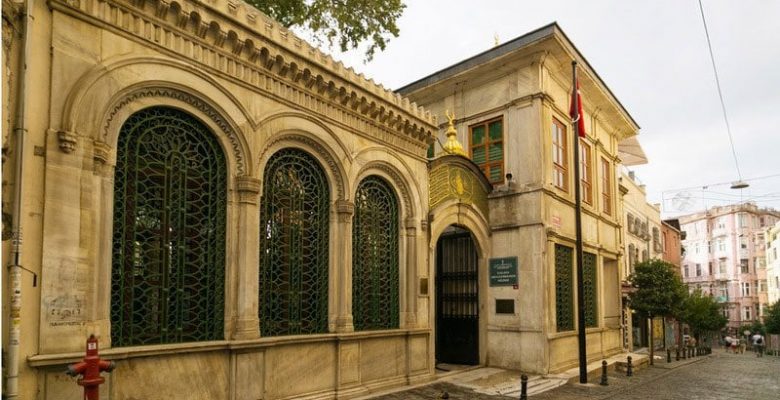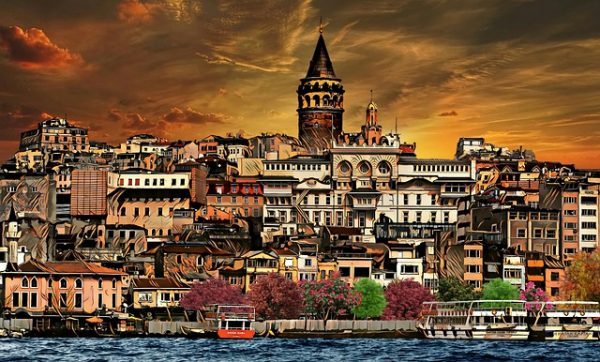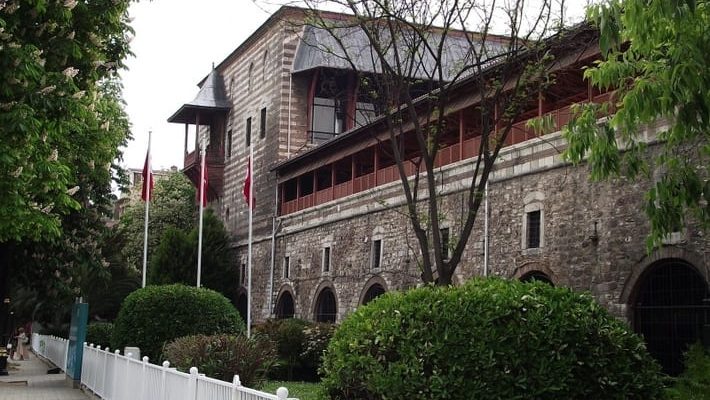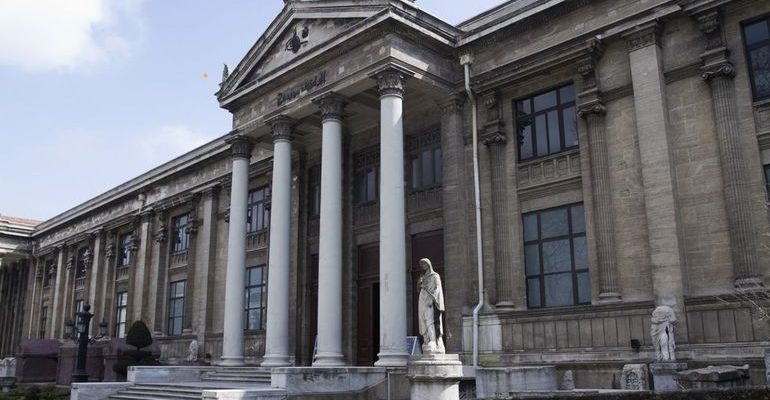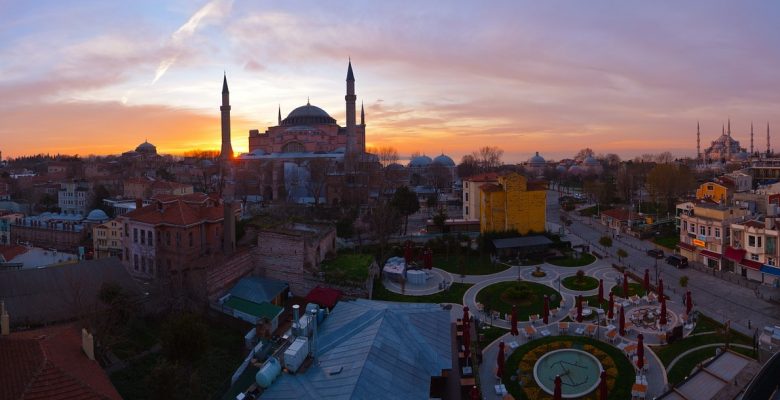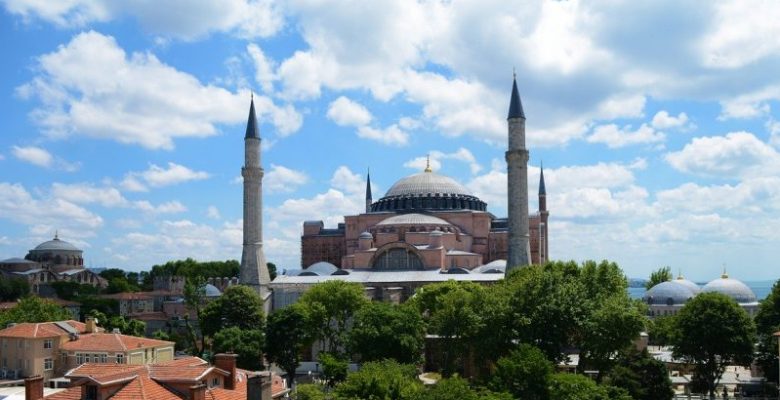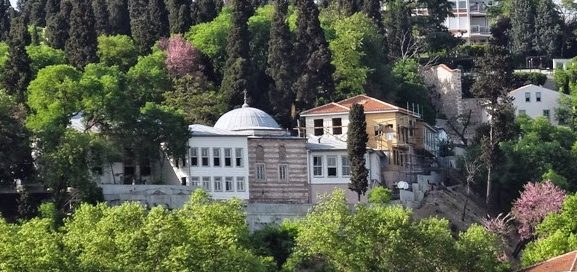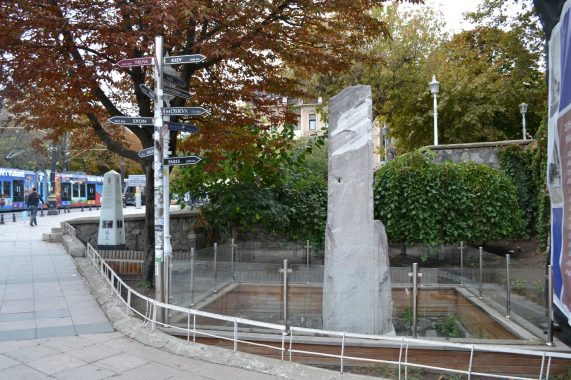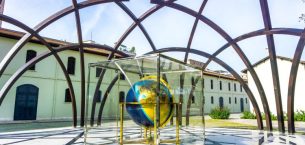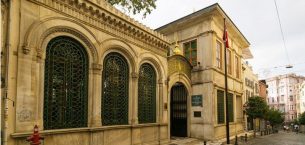
What is Written on the Obelisk
What is Written on the Obelisk
The inscription on the Obelisks written with graphic representation is a kind of language used in ancient Egypt and is called Hiyeroglyph.
This inscription is read from top to bottom. The deity of Sun RA, who was seen as the supreme deity by the ancient Egyptians, was believed that he used to read those signs from top to bottom according to the sun’s movement. The reason behind constructing of these obelisks and writing the
inscriptions on them was some kind of a manifestation of the afterlife belief of the Pharaohs of that time. Simply put, they had wanted to show their gratitude towards the gods they had faith in and they built these magnificent monuments.
There stands an obelisk with a 9 metre missing part of its original body in Sultanahmet Square. It’s still unknown whether it has been broken on the road or has been cut deliberately before being carried by ships.
The Turkish translation of the inscriptions written on these monuments is below. To establish a clearer understanding about what has been written on each and every side of the obelisk, we wrote the name of the historical monument it sees rather than the direction names.
What is Written on the Obelisk
The Blue Mosque (Sultanahmet) Side
The Pharaoh as Horus, who held the Upper and Lower Egypt’s crown, had the power, wealth, love, and respect of his people. He had been chosen by the Sun and the Pharaoh built this obelisk for his father RA when the sun was rising.
Ibrahim Pasha Palace Side
Thutmose who was the sixth pharaoh of the Eighteenth Dynasty had conquered all the seas and rivers by the help of Horus. He erected this stone during celebrations of 30th year of his reign as a memorial after he offered his sacrifice to the deity Amun.
The German Fountain Side
After offering his sacrifice in a very modest way to Amun, who had all the manifestations of the mysterious and sacred names, he prayed Amun to support him for coming victories. The mighty king had the friendship of the southerners, the light of the religion, and the two crowns. Truly, he resolved upon widening his lands till Mesopotamia.
Rectorate Building Side
Pharaoh gave his light to all horizons with his mightiness and justice. He ruled his armies, wandered in the Mediterrian and defeated all other powers in the world. He widened the lands till Naharin, marched determinetly to

Istanbul’s Oldest Historical Monument
